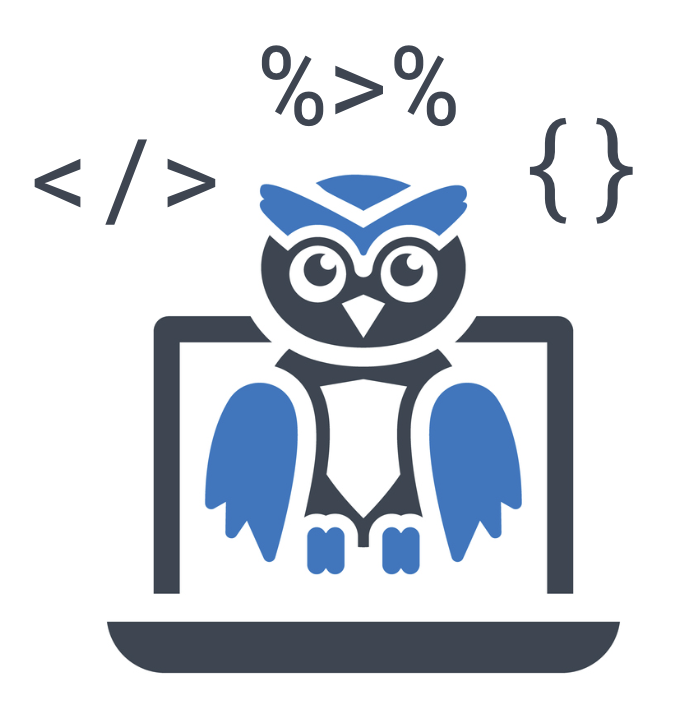Utilizing the assistant role
Working with DeepSeek in Python

James Chapman
Curriculum Manager, DataCamp
Single-turn tasks
response = client.chat.completions.create(
model="deepseek-ai/DeepSeek-V3",
messages=[{"role": "system",
"content": "You are a Python programming tutor who responds using concise,
one-sentence explanations."},
{"role": "user",
"content": "What is the difference between mutable and immutable objects?"}]
)
- System: controls assistant's behavior
- User: instruct the assistant
- Assistant: response to user instruction
Providing examples
- Steer model in the right direction
- Providing assistant messages is a more structured form of shot-prompting
- Example: Python Programming Tutor
- Example user questions and answers

Providing examples
response = client.chat.completions.create( model="deepseek-ai/DeepSeek-V3", messages=[{"role": "system", "content": "You are a Python programming tutor who responds using concise, one-sentence explanations."},{"role": "user", "content": "How do you define a Python list?"},{"role": "assistant", "content": "Lists are defined by enclosing a comma-separated sequence of objects inside square brackets [ ]."},{"role": "user", "content": "What is the difference between mutable and immutable objects?"}] )
The response
print(response.choices[0].message.content)
Mutable objects can be changed after creation (like lists), while immutable objects cannot
(like tuples or strings).
- Experiment with the number of examples
System vs. assistant vs. user
System → important template formatting
Output the information in this format:
name | age | occupation
Assistant → example conversations
User → context required for the new input (often single-turn)
Create a job advert for an AI Engineer. Use this job advert as a template:
Job Title: Data Engineer
...
Let's practice!
Working with DeepSeek in Python

